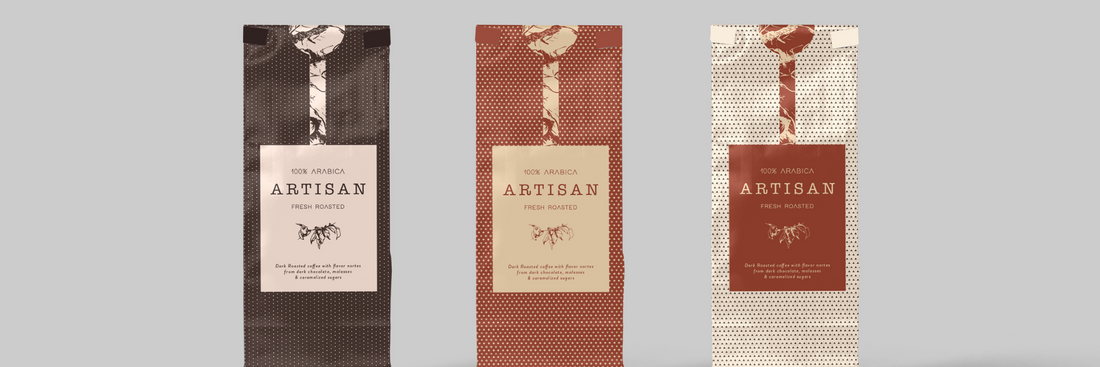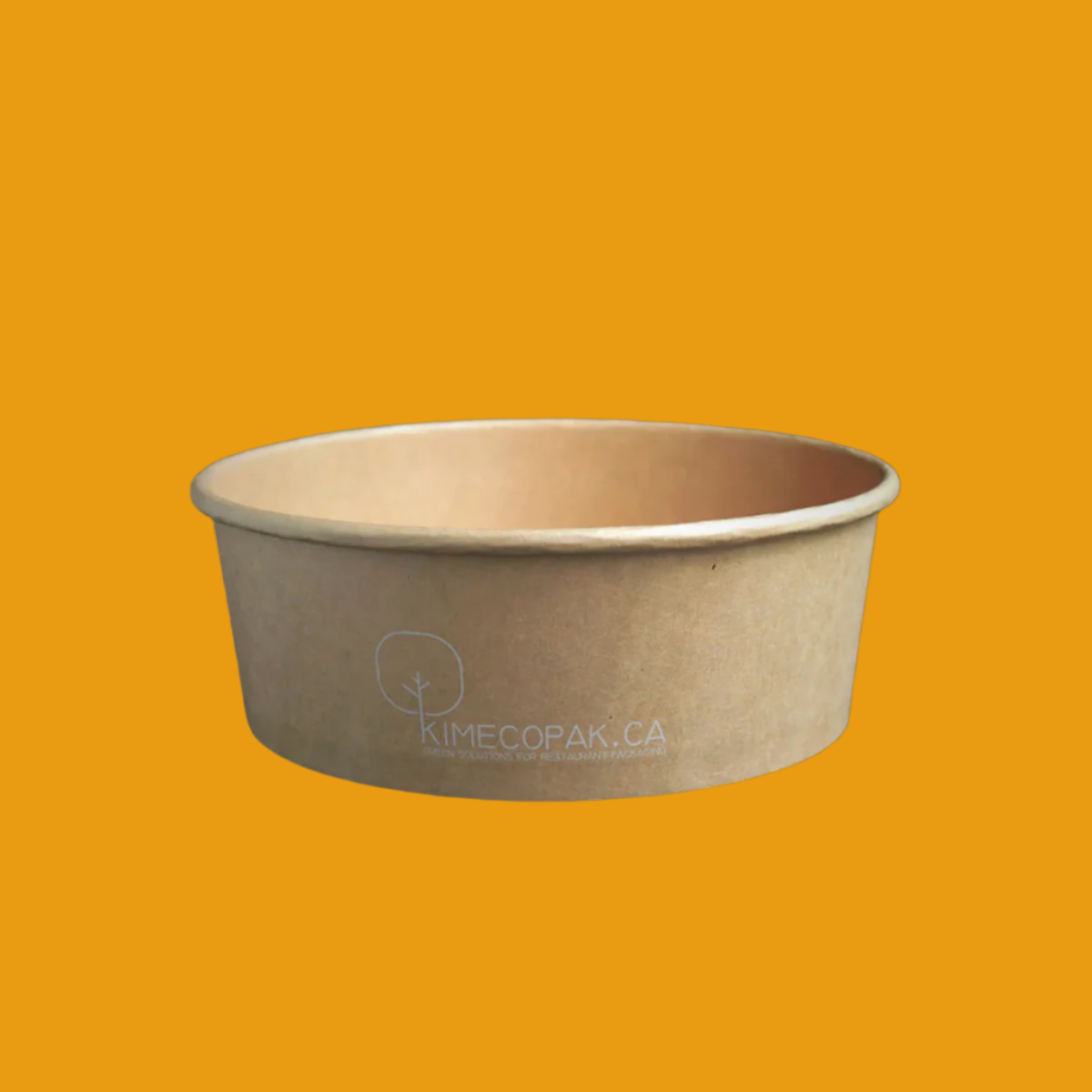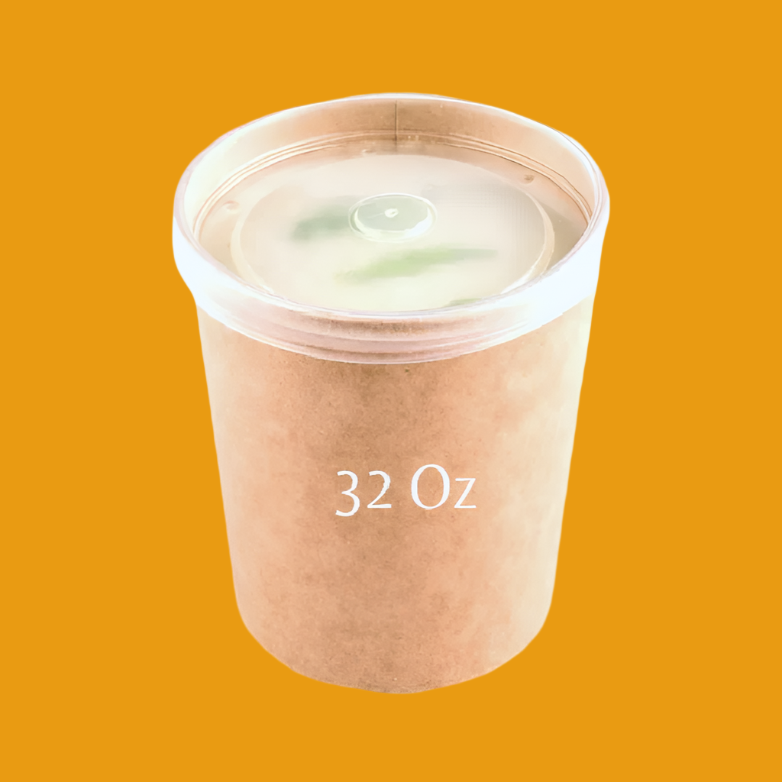Coffee Packaging Design isn’t just about aesthetics — it’s a crucial element that influences freshness, flavor, and customer perception. From keeping beans aromatic to making your brand pop on the shelf, smart packaging can elevate your coffee business in a competitive market. In this guide, we’ll explore how thoughtful design choices not only protect your product but also create lasting impressions, drive sales, and support sustainability goals.
-
Types of Common Coffee Bags? Dimension Chart of Size Coffee Bags
-
15 Great Ideas for Customizing Coffee Cup Sleeves
Why Coffee Packaging Design Matters

Preserving Freshness and Quality
The primary function of coffee packaging is to safeguard the beans' freshness and quality. Coffee is sensitive to a variety of environmental factors, including oxygen, moisture, light, and aroma. When choosing packaging, it’s critical to consider the role of barrier materials that physically shield the product.
Effective sealing techniques, such as heat sealing, are also essential to prevent air from entering the package. Without these protective measures, coffee can quickly lose its desired flavors and aromas, resulting in a subpar experience for consumers.
Building Brand Identity and Recognition
Packaging serves as a canvas for your brand identity. It communicates your brand values and personality effectively, often being the first point of contact between your product and potential customers. Visual design elements like color, typography, and imagery play a significant role in shaping consumer perception.
For instance, a sleek, minimalist design may appeal to a high-end market, while a vibrant, playful design might attract a younger demographic. By reflecting your brand's character through packaging, you can create a strong connection with consumers.
Enhancing Shelf Appeal and Attracting Customers
First impressions count, especially in a crowded marketplace. Packaging can significantly influence a consumer’s decision-making process at the shelf. To create eye-catching packaging, consider using bright colors, unique shapes, or intriguing graphics that resonate with your target audience.
Understanding consumer behavior can help in shaping packaging strategies. Research and analyze how the visual design elements attract customers and prompt them to choose your product over competitors.
Facilitating Convenience and User Experience
Today's consumers value convenience. Packaging that is difficult to open or poorly designed can detract from the experience. Easy-to-open, resealable, and portable options enhance user experience by allowing customers to enjoy their coffee hassle-free.
Addressing different consumption occasions is also crucial. Whether it’s for home brewing, office use, or on-the-go consumption, your packaging should cater to these varying needs.
Key Considerations in Coffee Packaging Design

Choosing the Right Packaging Materials
Selecting appropriate materials plays an essential role in coffee packaging. Common materials include:
- Flexible films (laminated and single-layer): Affordable and good at preventing moisture and light exposure.
- Paperboard: Often used for boxes, it offers a sustainable option but may fall short against moisture.
- Aluminum: Excellent barrier properties and recyclable, making it ideal for preserving quality.
- Glass: Perceived as high-end, glass can maintain flavor integrity but may be heavier and more vulnerable during shipping.
Weighing the pros and cons of each material will help you make an informed decision based on cost, barrier properties, and sustainability.
Understanding Different Packaging Formats
Different packaging formats cater to varying consumer preferences. Familiar options include:
- Bags and pouches: Varieties like flat bottom, stand-up, and side gusset provide flexibility in design and storage.
- Cans: Offer superior protection and are easily stackable, making them user-friendly.
- Boxes: Suitable for larger quantities, they may appeal to businesses or home use.
- Single-serve capsules: A convenient option for consumers who value simplicity in brewing.
Choosing the right format involves knowing your target market's usage habits.
Incorporating Essential Features
Packaging features can make a significant difference in user satisfaction:
- Degassing valves: Essential for freshly roasted coffee, these valves allow gases to escape without letting air in, preserving taste.
- Resealable closures: Ideal for maintaining freshness after the bag is opened.
- Tear notches and easy-open features: Enhance convenience and encourage repeat purchases.
Paying attention to these details can improve user experience significantly.
Legal and Regulatory Requirements
Compliance with legal and regulatory requirements is essential. Packaging must include accurate labeling information, such as:
- Nutritional facts
- Geographic origin
- Roast type
Additionally, adhering to food safety standards ensures consumer trust and brand integrity.
The Art and Science of Coffee Packaging Design

Branding and Visual Identity
Effective packaging blends art and science. Elements like logo placement, color palettes, and typography must align to create a cohesive brand experience. Consistency across all touchpoints enhances recognition and builds loyalty among consumers.
Communicating Product Information Effectively
Clarity is key when conveying product details. Clearly displaying roast level, origin, tasting notes, and brewing recommendations helps consumers make informed choices. Additionally, integrating storytelling can foster connections—sharing the journey of the coffee from farm to cup adds depth to the experience.
Appealing to Target Audiences
Each target audience has unique preferences. Tailoring design elements to resonate with specific consumer segments can elevate the effectiveness of your packaging. Consider cultural nuances and personal tastes when designing to maximize appeal.
The Role of Shape, Size, and Structure
Creating unique and memorable packaging silhouettes
The shape of coffee packaging can set a brand apart in a crowded marketplace. Whether it's an unconventional pouch or a sleek box, unique silhouettes can draw consumer attention and create a lasting impression. Brands like Blue Bottle Coffee have adopted designs that marry artistry with functionality, often opting for bags with distinct angles or curves.
Optimizing packaging for shipping, storage, and display
Effective coffee packaging should consider how it will be shipped, stored, and displayed on shelves. For instance, square or rectangular packages can maximize space during storage and transport, whereas elements like stacking flaps can enhance the display aesthetic in retail environments. Balancing design with practicality ensures that the product remains fresh while being visually appealing.
Sustainability in Coffee Packaging Design

The Growing Demand for Eco-Friendly Options
With rising consumer awareness about environmental issues, the coffee industry has seen a notable shift towards sustainable packaging. More consumers are prioritizing brands that demonstrate ecological responsibility. Research shows that over 60% of shoppers are willing to pay more for sustainable packaging, indicating its impact on purchasing decisions.
Exploring Sustainable Packaging Materials
Innovation in sustainable packaging materials is essential. Options like recyclable, compostable, and biodegradable materials are now prevalent. Moreover, some brands are experimenting with packaging made from coffee bean waste or other agricultural byproducts, which not only showcases creativity but also reduces overall waste.
Reducing Packaging Footprint
Minimizing the packaging footprint is another critical consideration. Lightweighting materials and reducing excessive packaging not only help in lowering production costs but also minimize carbon emissions during transport. Cleverly optimizing packaging dimensions can lead to significant shipping savings, contributing positively to the environment.
Communicating Sustainability Efforts to Consumers
Clear messaging about a brand's sustainability efforts is important. Labels that include certifications and transparent information about sourcing can reassure consumers about their choices. Brands like Stumptown Coffee Roasters excel in this area, providing clarity on their commitment to ethical sourcing and eco-friendly practices.
Coffee Bag Design Trends

Smart and Interactive Packaging
The advent of technology is transforming packaging. Augmented reality (AR) is emerging as a tool for enhancing consumer engagement. Brands can use AR to provide interactive experiences, such as virtual tours of coffee farms or brewing guides accessed through QR codes on the packaging, connecting consumers more deeply with the product.
Personalization and Customization
With the rise of subscription services, personalized coffee packaging is gaining traction. Brands are leveraging on-demand printing to create unique designs tailored to individual consumer preferences. This capability fosters a deeper connection between the consumer and the brand, making each purchase feel special.
Minimalist and Transparent Designs
A current trend is toward minimalist and transparent packaging designs. This approach showcases the quality of coffee beans while providing a clean and modern aesthetic. It communicates a brand's values clearly, engaging consumers who appreciate simplicity and authenticity.
Innovative Materials and Technologies
The packaging landscape is evolving with new materials and technologies. Some brands are experimenting with active packaging solutions that incorporate sensors to monitor freshness, providing consumers with real-time information about the product’s state. These innovations not only enhance usability but also improve shelf life.
Conclusion
To succeed in today’s competitive coffee market, packaging must do more than just preserve freshness—it needs to tell a story, reflect brand values, and connect with consumers on multiple levels. Focus on unique and eye-catching designs to stand out on the shelf. Prioritize sustainability by choosing eco-friendly materials and reducing waste, aligning with the values of environmentally conscious customers. Embrace technological innovations, such as smart packaging and interactive elements, to elevate the user experience.
Most importantly, communicate your values with clarity and transparency—consumers appreciate brands that are honest about sourcing, production, and their environmental impact.
FAQ
What are the most important factors to consider when designing coffee packaging?
The key factors include freshness retention, strong brand identity, and understanding the target audience.
How can sustainable packaging options impact my coffee brand?
Utilizing sustainable packaging can increase brand appeal due to environmental benefits, attracting eco-conscious consumers.
What are some common mistakes to avoid in coffee packaging design?
Common pitfalls include inadequate sealing that affects freshness, misleading information on labels, and inconsistent branding.
How much does coffee packaging design typically cost?
Costs can vary based on materials used, design intricacies, and production quantities; reaching out to suppliers can provide better insights into specific pricing.









